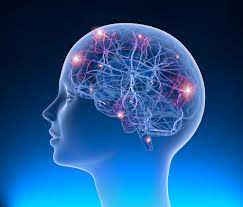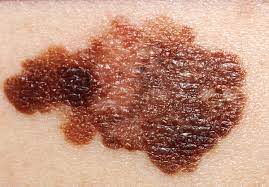A groundbreaking psychological concept, termed empathic disequilibrium, is offering fresh insights into the social characteristics of various neurological and psychiatric conditions. Developed by Prof. Florina Uzefovsky of Ben-Gurion University of the Negev, this concept provides a novel framework for understanding conditions such as autism, schizophrenia, and psychopathy.
Empathic disequilibrium refers to an imbalance between two key aspects of empathy: cognitive empathy (CE) and emotional empathy (EE). While CE is the ability to understand another person’s emotions, EE involves resonating with and responding to those emotions appropriately. Although these concepts have been studied separately, Prof. Uzefovsky argues that it is the imbalance between them that better explains certain social characteristics observed in clinical conditions.
Her research has shown that empathic disequilibrium plays a significant role in autism, anxiety, and psychopathic traits, with her most recent study focusing on schizophrenia. The findings, published in the Journal of Psychiatric Research, suggest that empathic disequilibrium predicts schizophrenia more effectively than traditional empathy models. Collaborating with researchers from Harvard and Yale Universities, Prof. Uzefovsky and her team conducted an individual participant data meta-analysis that reinforces the diagnostic and treatment potential of this new concept.
Her previous studies on autism have been featured in renowned journals such as Molecular Autism, Autism Research, and Autism in Adulthood. These findings continue to contribute to a deeper understanding of how empathic imbalances influence neurodiverse populations.
Prof. Uzefovsky encourages researchers and clinicians to incorporate empathic disequilibrium into their work. “I invite and encourage my fellow researchers and practitioners to utilize empathic disequilibrium in their work as a powerful diagnostic and potential treatment tool,” she stated.
With growing interest in this concept, further studies may explore its implications for treatment strategies, potentially leading to more effective therapeutic approaches for individuals with neurological and psychiatric conditions.
Disclaimer: This article is for informational purposes only and does not constitute medical or psychological advice. Readers are encouraged to consult qualified professionals for diagnosis and treatment of any medical or psychological conditions.











